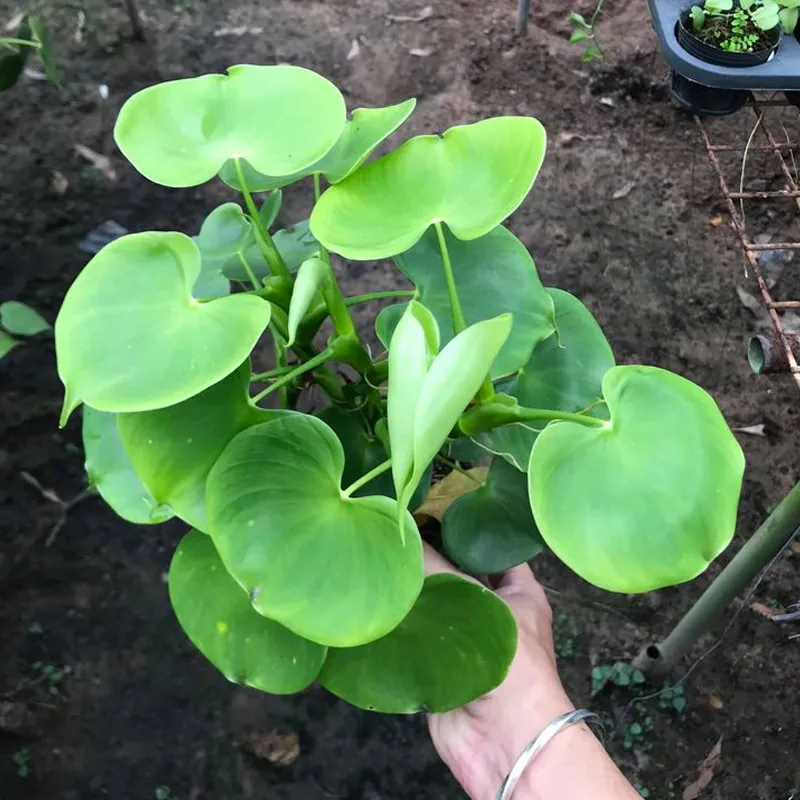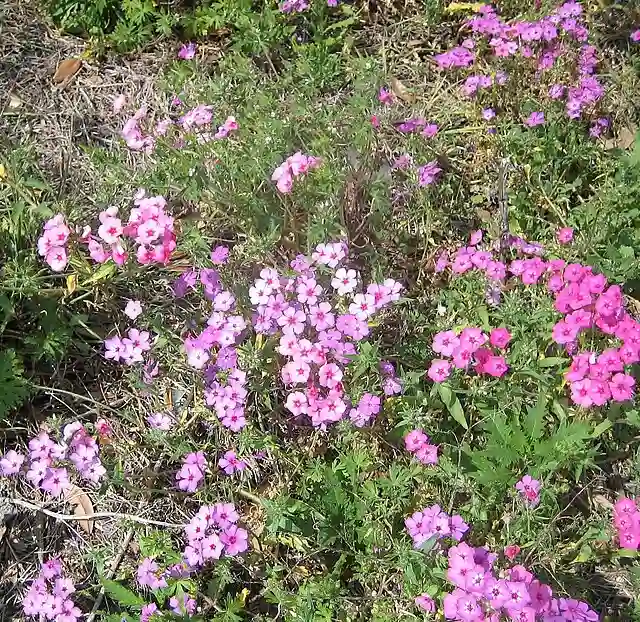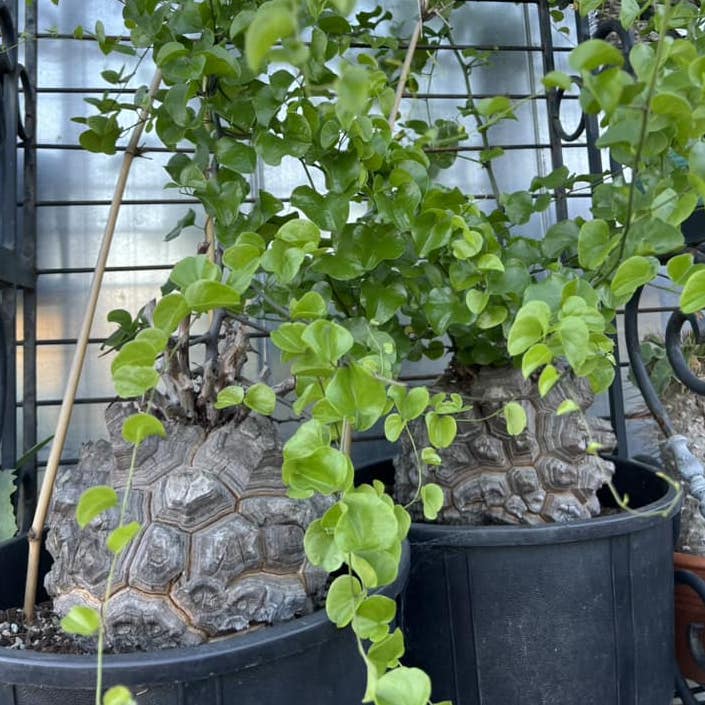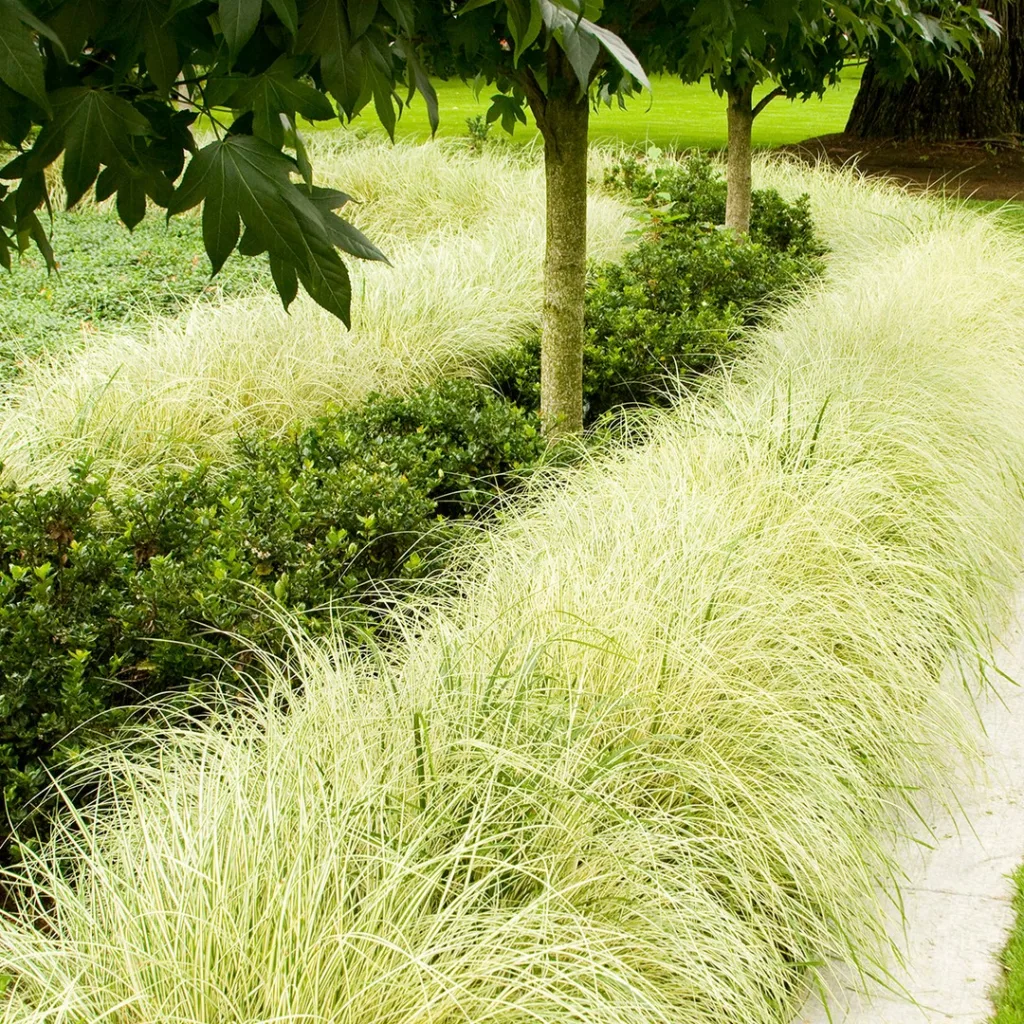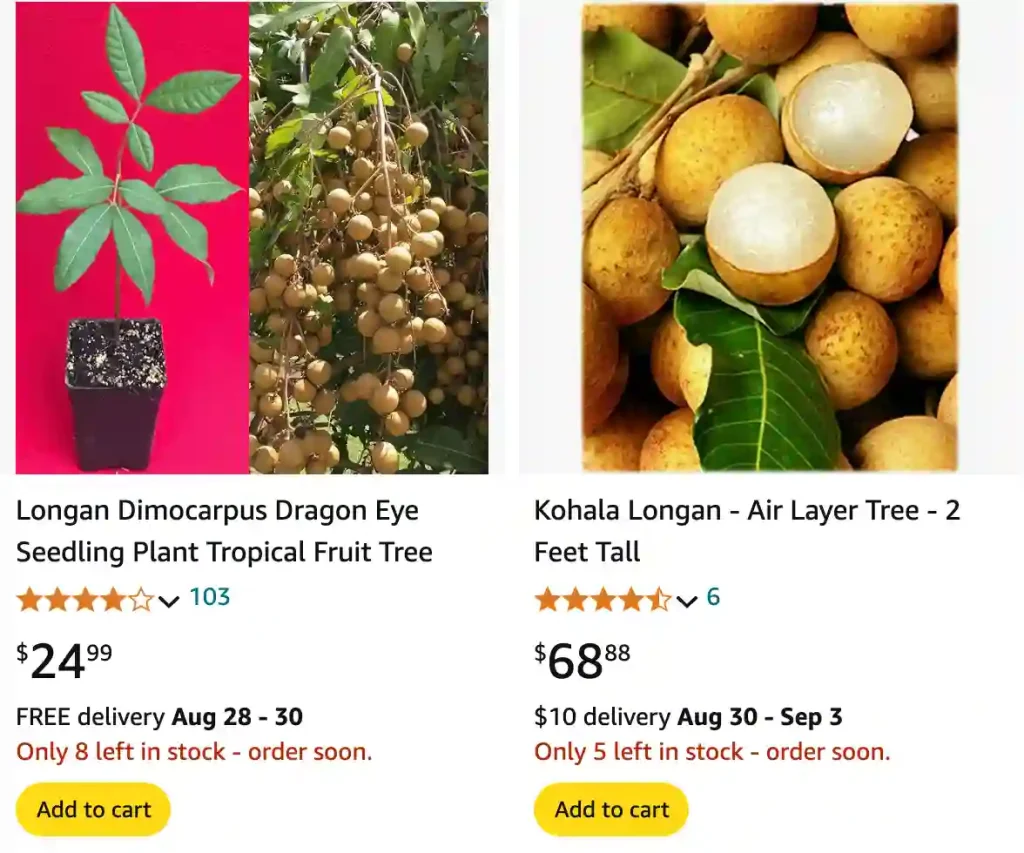
FAQs About Longan: Everything You Need to Know
If you’ve ever come across longan and wondered what it is or how to use it, you’re not alone. Longan, a tropical fruit native to southern China, is often compared to its more famous cousin, lychee. I’ve had my fair share of encounters with this intriguing fruit, and today, I’m sharing some of the most common questions about longan that I’ve come across.
What Is Longan?
Longan (Dimocarpus Longan belong to the Sapindaceae family) is a small, round fruit with a thin, brown shell and translucent, juicy flesh inside. It’s often described as “dragon’s eye” due to its appearance. The fruit grows in clusters on a tree and is native to tropical regions in Asia. It’s similar in taste and texture to lychee but has its unique characteristics.
Plant Family: 143 Genera in Sapindaceae – Soapberry Family
Can Dogs Eat Longan?
While longan is safe for humans, it’s best to avoid giving it to dogs. The fruit’s high sugar content and potential for causing gastrointestinal issues make it unsuitable for our furry friends. Always stick to dog-safe fruits and treats to keep your pet healthy.
How to Eat Longan?
Eating longan is straightforward. Simply peel off the thin, brown shell to reveal the translucent fruit inside. The flesh is sweet and slightly floral, and you can enjoy it fresh, add it to fruit salads, or use it in desserts. It can also be dried for a different flavor profile, often used in Asian cooking.
How to Grow Longan from Seed?
Growing longan from seed can be a rewarding but slow process. Start by soaking the seeds in water for 24 hours to encourage germination. Plant the seeds in well-draining soil, about an inch deep. Keep the soil consistently moist but not waterlogged. Longan trees prefer tropical climates and may take several years to bear fruit.
What Does Longan Taste Like?
Longan has a sweet, floral taste that’s often compared to lychee but with a subtler flavor. The fruit is juicy and slightly tangy, making it a refreshing treat. Its taste can vary slightly depending on the variety and ripeness.
When Is Longan in Season?
Longan is typically in season from late summer to early fall, although this can vary depending on the region. In tropical areas, you might find longan year-round, while in subtropical regions, the season is more limited.
How Long Does Longan Take to Fruit?
Longan trees can take anywhere from 3 to 5 years to start producing fruit, depending on the growing conditions and care. It’s a slow-growing fruit, but with patience, you’ll be rewarded with clusters of sweet, aromatic longans.
Is Longan Acidic?
Longan is not particularly acidic. Its pH level is relatively neutral, which contributes to its sweet and floral flavor. This makes it a good choice for those who are sensitive to acidic foods.
Is Longan Good for Weight Loss?
Longan is low in calories and can be a good addition to a weight-loss diet. It’s high in water and fiber, which helps keep you full without adding many calories. However, like all fruits, it should be eaten in moderation as part of a balanced diet.
Is Longan High in Potassium?
Yes, longan is relatively high in potassium. Potassium is essential for maintaining healthy blood pressure and proper muscle function. Including longan in your diet can help contribute to your daily potassium needs.
Where to Buy Longan?
You can find longan at Asian grocery stores, specialty fruit markets, or even online. If you’re lucky, your local farmers’ market might have fresh longan in season. For dried longan, specialty health food stores or online retailers are good places to check.
Longan vs. Lychee
Longan and lychee are often confused due to their similar appearance and taste. However, lychee has a thinner skin and a more pronounced floral flavor, while longan’s flavor is subtler and its skin is slightly tougher. Both fruits are delicious, but they offer slightly different experiences.
Longan vs. Guinep
Guinep, also known as Spanish lime, is different from longan in both taste and texture. Guinep has a tangy, citrusy flavor and a more fibrous texture. Longan, on the other hand, is sweeter and has a more delicate texture.
Longan vs. Langsat
Langsat, or langsat, is a fruit native to Malaysia and Indonesia. It has a similar appearance to longan but is more bitter and less sweet. Langsat is often used in savory dishes, whereas longan is primarily enjoyed as a sweet fruit.
Longan vs. Lanzones
Lanzones, also known as langsat or langsat, is another tropical fruit that can be confusing with longan. Lanzones has a slightly tart flavor and a more complex taste profile compared to the sweet and simple flavor of longan.
Longan vs. Litchi
Litchi, also known as lychee, is similar to longan but tends to be sweeter and juicier. Litchi has a thinner skin and a more pronounced floral aroma, whereas longan’s flavor is milder and less fragrant.
Longan vs. Loquat
Loquat is a different kind of fruit altogether. It has a tangy, slightly tart flavor and a texture that is more like a cross between apricot and pear. Unlike longan, which is typically sweet and floral, loquat offers a more varied taste experience.
Longan vs. Rambutan
Rambutan is another tropical fruit often compared to longan. It has a similar flavor profile but is spiky on the outside. Rambutan is usually more acidic and tangy compared to the sweeter taste of longan.
How to Care for Longan Trees?
Longan trees need plenty of sunlight and well-draining soil. They thrive in tropical climates with high humidity. Regular watering and occasional fertilizing can help promote healthy growth and fruit production.
How to Propagate Longan?
Longan can be propagated through seeds, but grafting is often more effective. Grafting allows you to grow a tree with the desired characteristics more quickly than starting from seed.
Common Problems
Longan trees can be susceptible to pests like scale insects and fungal diseases. Regular inspection and proper care can help prevent these issues and keep your tree healthy.
Whether you’re a fan of tropical fruits or just curious about trying something new, longan offers a sweet and unique flavor. With this guide, I hope you’re now equipped with all the knowledge you need to enjoy and grow longan in your own garden.
If i die, water my plants!
